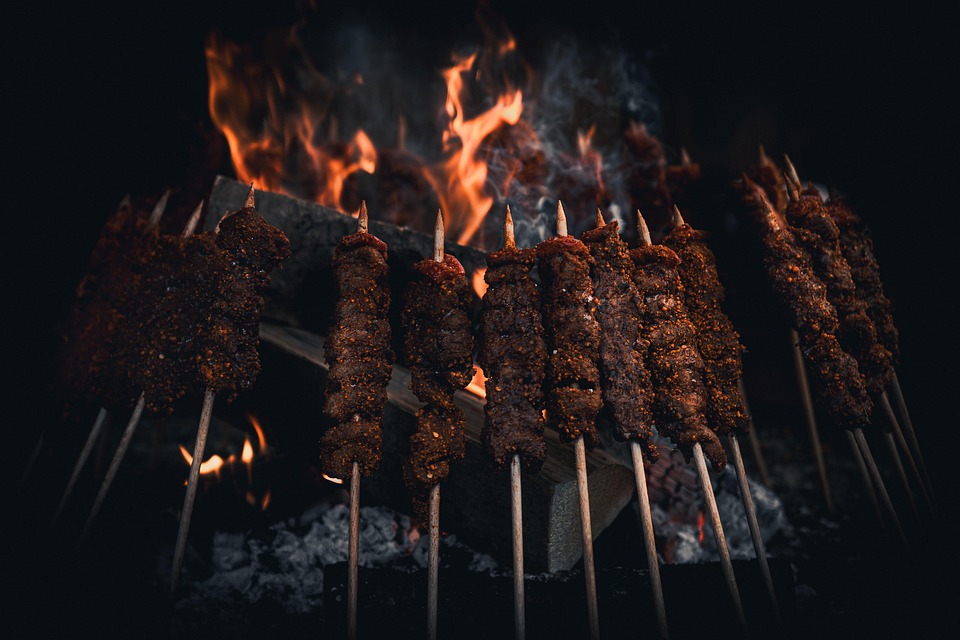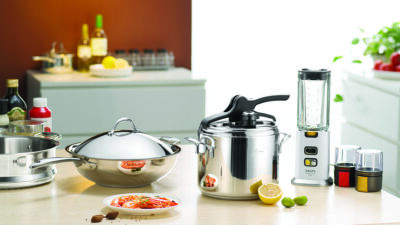In today’s digital landscape, food vlogging has emerged as one of the most captivating genres on social media. With dynamic content featuring culinary delights, engaging personalities, and the whimsical exploration of flavors, food vloggers have transformed how we experience and appreciate cuisine. From TikTok and Instagram to YouTube and beyond, these content creators are not just sharing recipes; they are serving up a feast for the senses that’s garnering millions of followers and sparking global food trends.
A New Culinary Frontier
The rise of food vloggers signals a shift in culinary culture. No longer confined to traditional cookbooks or tedious cooking shows, food vlogging offers a dynamic, interactive experience. Viewers can watch as a seemingly simple dish evolves into a culinary masterpiece. With a click, they can dive into various cuisines, cooking techniques, and presentation styles.
This accessibility has democratized food culture; anyone with a smartphone can be a part of it. Emerging food influencers span across different backgrounds, sharing their unique stories and recipes. From home cooks experimenting with global flavors to professional chefs showcasing their culinary prowess, the diversity of voices is astonishing. Each video carries a unique flavor and personality, making the platform rich with creativity and culture.
Flavor: The Hook
At the heart of every successful food vlog is flavor. The visual stimulation of aesthetically pleasing dishes, combined with descriptive tastes and textures, captures viewers’ attention. Food vloggers often employ high-definition cameras, ensuring that every mouthwatering detail is showcased. The sizzle of a pan, the ooze of melted cheese, and the vibrant colors of fresh ingredients all contribute to the sensory experience.
Vloggers don’t just show cooking; they create an entire narrative around it. They dive into the origins of ingredients, share personal stories about family recipes, and even challenge themselves with unusual food combinations. This storytelling aspect, paired with high production values, makes the content relatable and entertaining, drawing in thousands of fans who find joy not just in the food but in the creators themselves.
Fun Factor: Personality and Engagement
Food vloggers excel in the "fun factor." Their personalities shine through their content, making cooking seem approachable and enjoyable. Many vloggers use humor, charm, or relatable anecdotes, which creates a connection with their audience that traditional cooking shows often lack. This engagement is crucial: followers don’t just want to watch someone cook; they want to feel they are part of the experience.
Interactive elements such as polls, Q&A sessions, and live cooking events help to create a community around the content. Many followers find themselves not only inspired to try out recipes but excited to follow the journey of their favorite vloggers. This sense of community translates into higher engagement and loyalty, which are key ingredients for building a robust follower count.
Follower Count: The Influencer Economy
The numbers tell a compelling story. Successful food vloggers accumulate millions of followers, leading to lucrative opportunities for partnerships and brand deals. With the growing popularity of food-related content, companies are eager to collaborate with influencers to reach new audiences. From kitchen gadgets and specialty ingredients to restaurant promotions, food vloggers now play a significant role in shaping consumer habits and trends.
The monetary potential of food vlogging has led to fierce competition, prompting many creators to refine their content and skills continuously. Mastering algorithms, understanding audience preferences, and consistently producing quality content are essential for maintaining and expanding follower counts. Some vloggers even diversify their endeavors by publishing cookbooks, launching cooking courses, or developing merchandise, further establishing their brand in the food space.
The Future of Food Vlogging
As food vlogging continues to grow, we can expect to see further evolution in how content is created and consumed. Virtual reality cooking experiences, interactive cooking classes, and even augmented reality recipes may soon become commonplace, offering new ways for audiences to engage with food.
Moreover, as consumers become more health-conscious and environmentally aware, there will be a rise in vloggers focusing on sustainable cooking practices, plant-based recipes, and health-centered approaches. The quest for flavor will adapt, reflecting a society that is increasingly aware of its culinary footprint.
Conclusion
Flavor, fun, and follower count are the triad driving the meteoric rise of food vloggers. By breaking down barriers to cooking and making it an engaging, interactive experience, these creators are reshaping food culture in profound ways. As they continue to influence through innovative storytelling and captivating content, one thing is clear: the kitchen has become the new frontier for digital expression and community building. Food vloggers are serving up more than just delicious dishes; they are creating a global movement that celebrates the art of cooking and the joy of sharing flavors.



